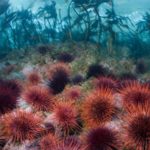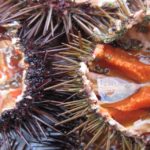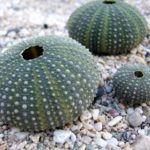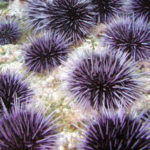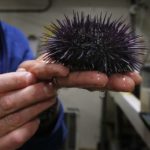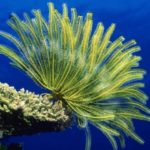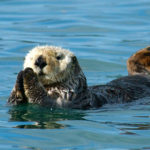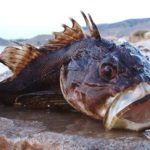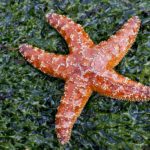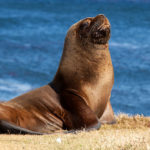Facts about sea urchins
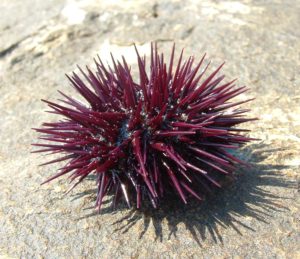 On the shore of different seas and oceans, it is not uncommon to find small hollow balls sometimes with large needles. It is the remains of sea urchins thrown out of the depths of the sea, which store many secrets about themselves. Sea urchins lived in the open sea even 500 million years ago. But, despite the fact that animals are very ancient, many interesting facts about sea urchins have become known just recently, and here are some of them.
On the shore of different seas and oceans, it is not uncommon to find small hollow balls sometimes with large needles. It is the remains of sea urchins thrown out of the depths of the sea, which store many secrets about themselves. Sea urchins lived in the open sea even 500 million years ago. But, despite the fact that animals are very ancient, many interesting facts about sea urchins have become known just recently, and here are some of them.
- Needles of sea urchins are designed to search for food, protection and movement along the seabed.
- The largest number of poisonous sea urchins live in the tropical and subtropical zones of the Pacific, Indian and Atlantic Oceans.
- Sea urchins do not live in salty seas.
- The mouth chewing apparatus of sea urchins is called the Aristotelian lantern.
- With the help of an Aristotelian lantern, sea urchins can drill holes in granite and basalt rocks.
- Sea urchins are omnivorous. Read more in the article: What do sea urchins eat?
- Sea urchins are record holders in the animal kingdom by the number of legs. The number of their ambulacral legs with suckers can exceed one thousand.
- It is believed that hedgehogs live about 10-15 years. But there is a hypothesis, according to studies by hydrobiologist Tom Ebert, that they are almost immortal and die only from diseases or predator attacks.
- Sea urchins grow throughout life.
- Maintain a normal composition of sea water, consuming a huge amount of carbon dioxide.
- If the sea urchin is pulled out of the water, then his body will begin to lose water quickly and become flattened and disgraced.
- Diadem sea urchin has special cells that glow in the dark with a blue glow.
- The most poisonous species of sea urchins is toxopneustes. Although they are deprived of needles.
- All hedgehogs can turn over, except for one black sea urchin.
- The longest needles are the hedgehogs of a diadem, and the smallest ones are flat hedgehogs, the length of their needles is 1-2 mm.
- Scientists recently found that the pigment (echinochrome) secreted by sea urchins has strong antioxidant properties.
